How anthropologist Grover Krantz and his Dog Clyde became Museum exhibits
Categories: Celebrities | History | Science
By Pictolic https://pictolic.com/article/how-anthropologist-grover-krantz-and-his-dog-clyde-became-museum-exhibits.htmlThere is an unusual exhibit at the National Museum of Natural History in Washington. This is the skeleton of a man, on whose chest rests the skeleton of a large dog. This is not an archaeological find, but the remains of our contemporary, anthropologist Grover Sanders Krantz and his faithful friend Clyde. But why did the famous scientist and his dog become part of the museum exhibition?
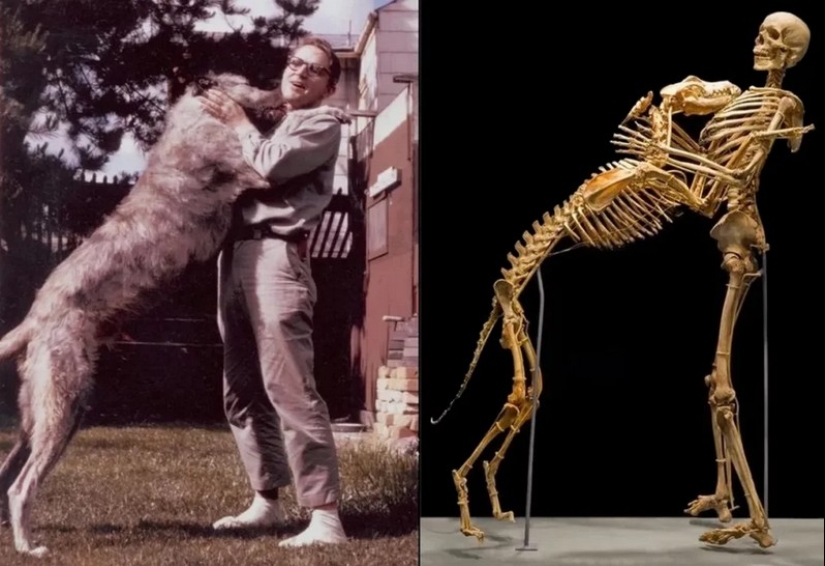
In modern science, the American anthropologist Grover Kranz has left a serious mark. He has written 10 books on human evolution and more than 60 scientific articles. Most of the scientist's life was spent on expeditions. He has worked in the Americas, Europe, Central Asia, the Far East and the island of Java.
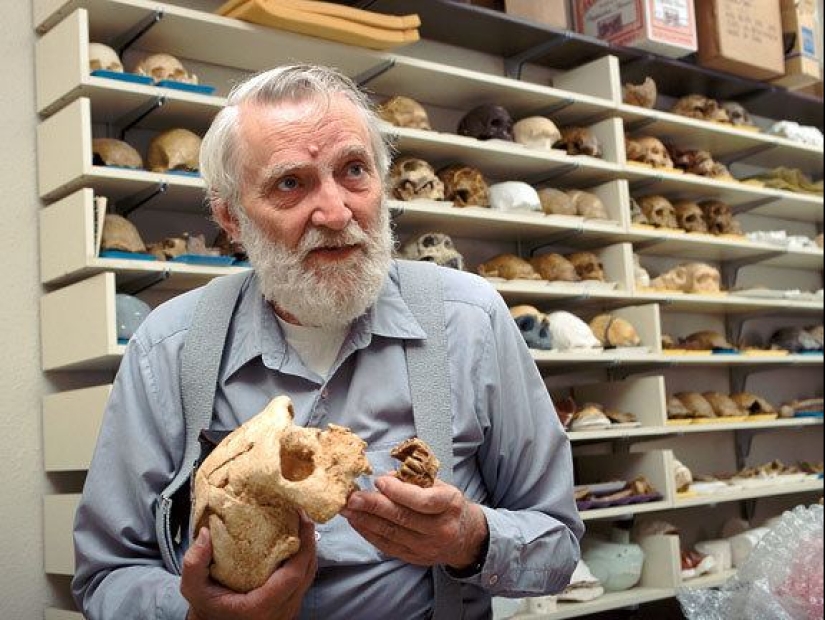
Despite this, today Krantz is known not because of discoveries, but because of his skeleton, exhibited in the museum. The fact is that the scientist chose a difficult direction for himself. He was looking for evidence of the existence of Bigfoot — the mysterious bigfoot. Professor Krantz taught at the University of Washington from 1968 to 1998. The students simply adored him for his fascinating lectures and kindness. But the learned brethren believed that he was engaged in nonsense and did not take him seriously.
Grover Krantz's obsession with Bigfoot overshadowed all his achievements in anthropology. For many years, the mention of the scientist's name in academic circles caused only a condescending smile. But the reputation of a crank did not bother the professor at all. He was sure that the creature mentioned by legends of different peoples of the world really exists.
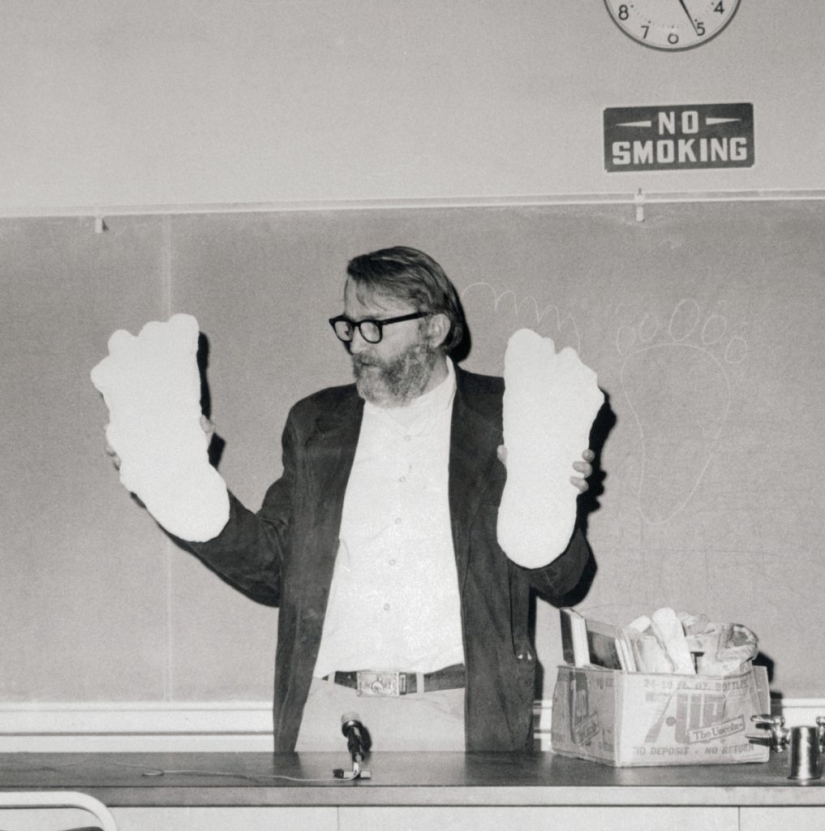
Krantz believed that bigfoot was a giant ape, a gigantopithecus that lived in Asia tens of thousands of years ago. Since Asia was connected to America at the site of the current Bering Strait, bigfoot was able to get to the neighboring continent, where he acclimatized well. The professor was sure that these animals were still hiding in remote mountain and forest areas of the planet.
Unfortunately, all of Krantz's hypotheses were based on rumors and guesses. The evidence presented by him in the form of videos and photos taken by various people in the Rocky Mountains, the Himalayas and the Alps was quickly exposed by experts as fakes. The scientist's articles about the Yeti were rejected by scientific journals, and his career growth stopped. Despite this, Grover Krantz did not lose heart. He continued to scour the planet in search of Bigfoot.
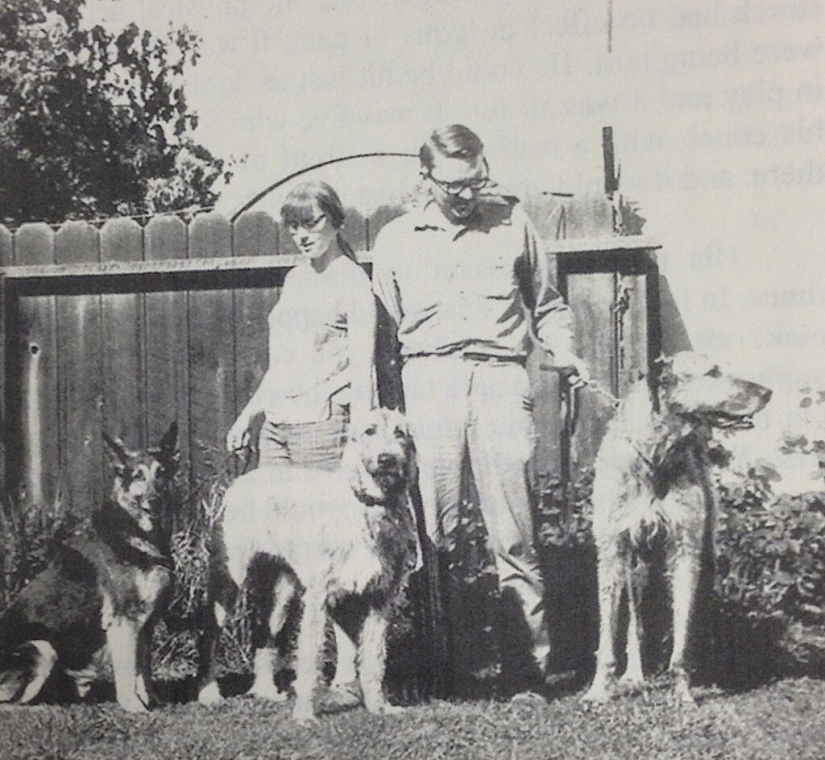
The professor's faithful traveling companion was his wolfhound dog named Clyde. He shared all the hardships with the owner and more than once helped him out in extreme situations. The dog died of old age in 1973, and Grover Krantz did not find the strength to part with him. He carefully kept the bones of a huge dog in a box at home, which many considered another oddity.
Only in 2002, when the 70-year-old professor died of pancreatic cancer, everything became clear. Krantz bequeathed his skeleton to science. But there was one condition. He wanted his faithful dog friend Clyde to be next to him on the stand. His will was done. The skeletons of a man and a dog were installed at the National Museum of Natural History in Washington. The composition was based on a favorite photo of the scientist, where his huge dog put his paws on his chest.
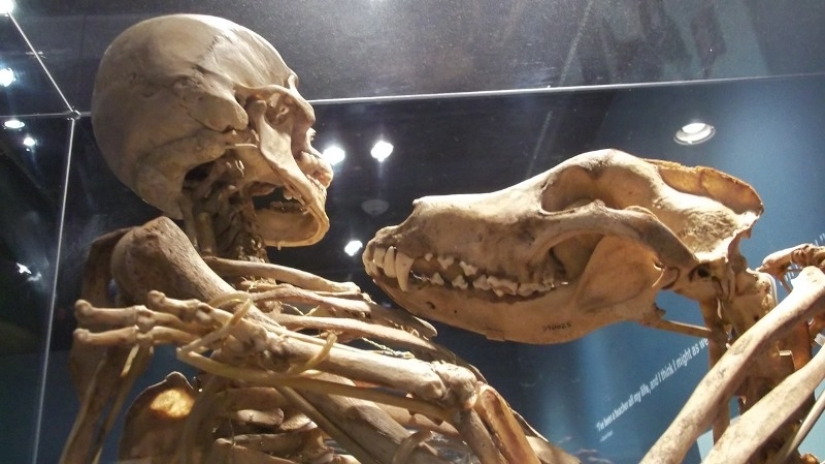
Professor Krantz could not fulfill the dream of his whole life. He never found Bigfoot and did not even find convincing facts about his existence. But his other wish was fulfilled. The anthropologist taught others all his life and even after death could become an important visual aid.
Recent articles

Most of us think that the color of the eggshell does not play any role and it is possible not to pay attention. But it's not and ...

The more we rely on technology, the more potential power hackers gain over us. It doesn't matter if their goal is to help or cause ...

Creating a good portrait is one of the most difficult tasks for any photographer. In order to make a really natural and memorable ...